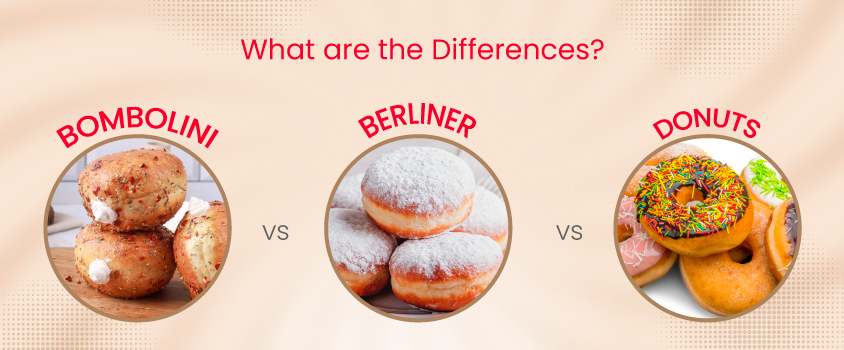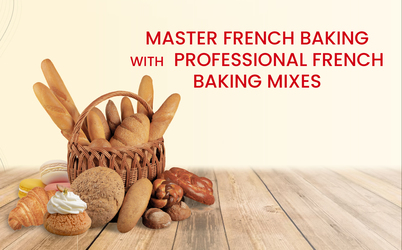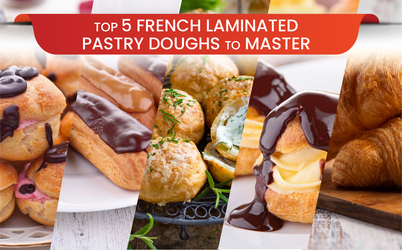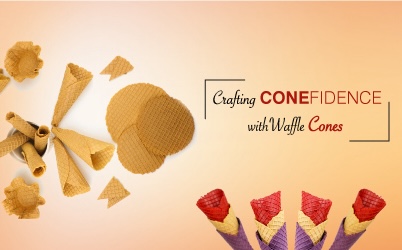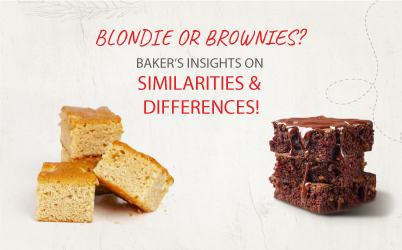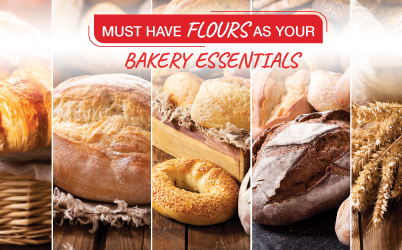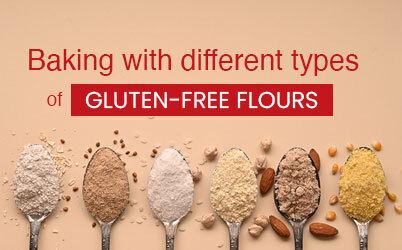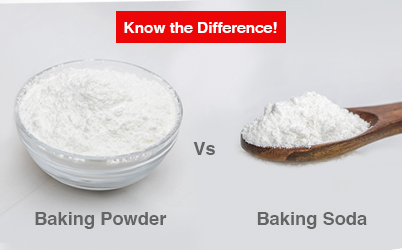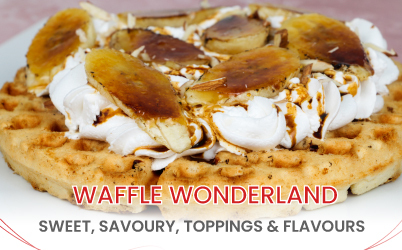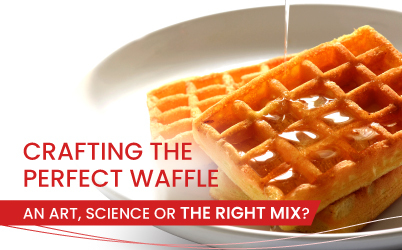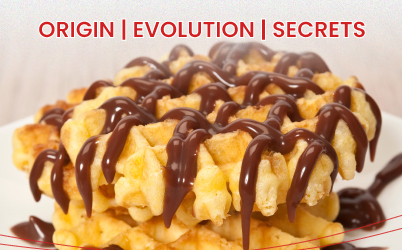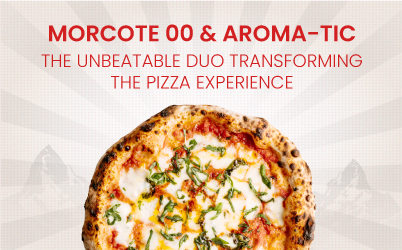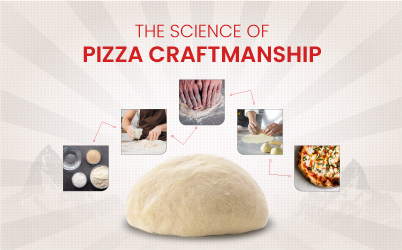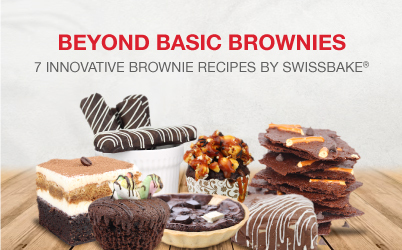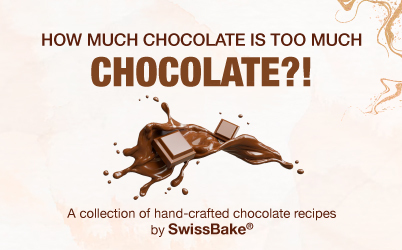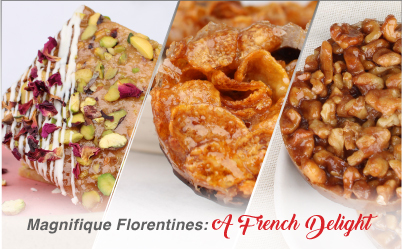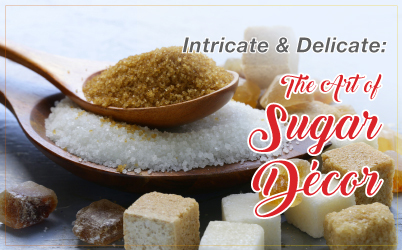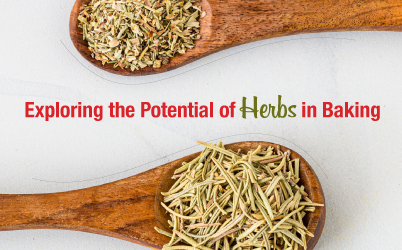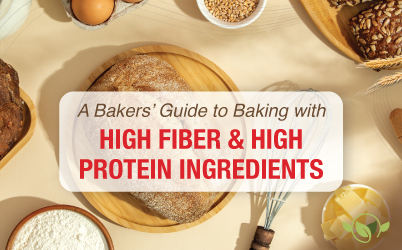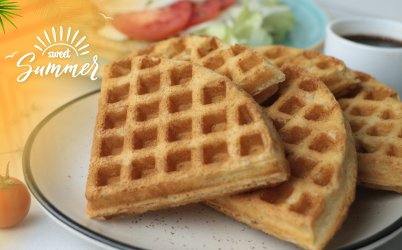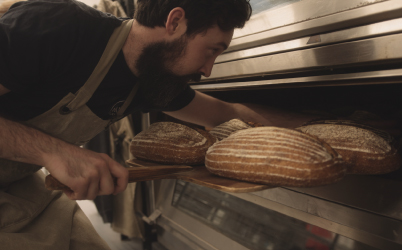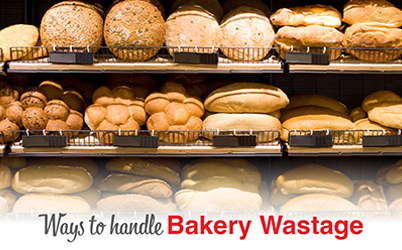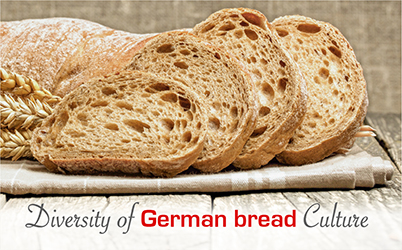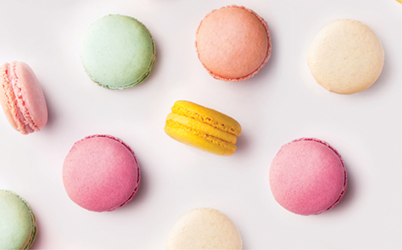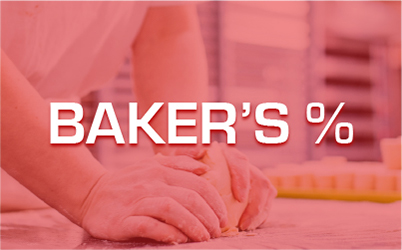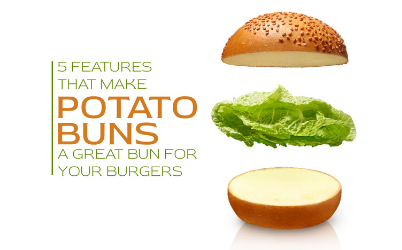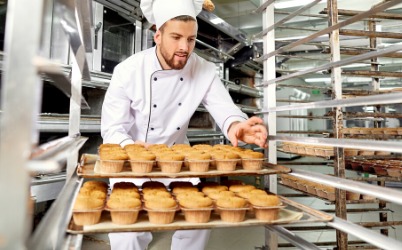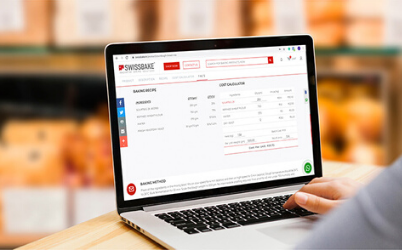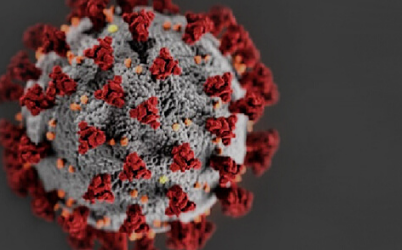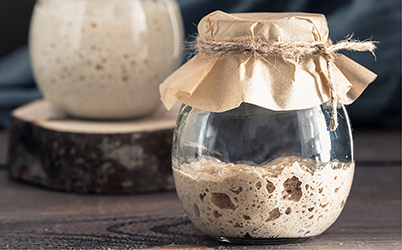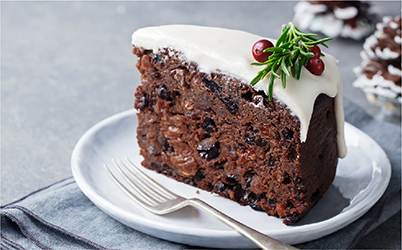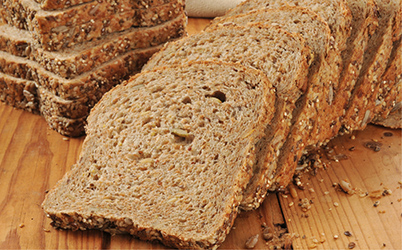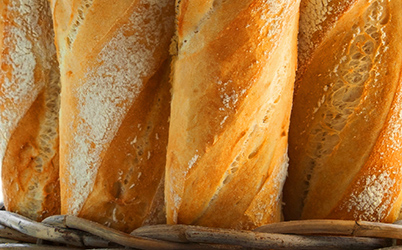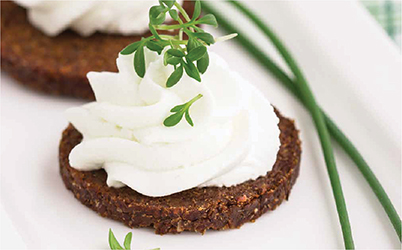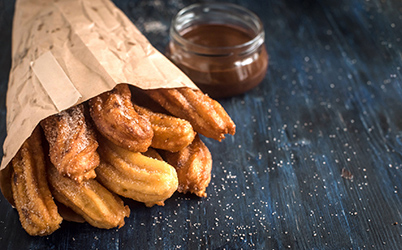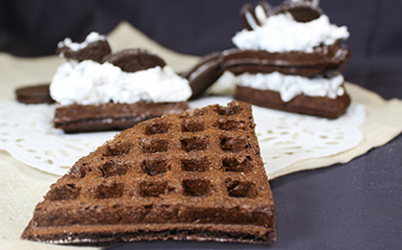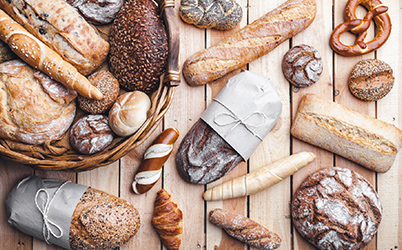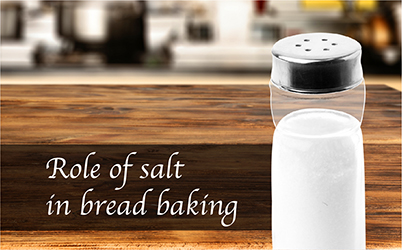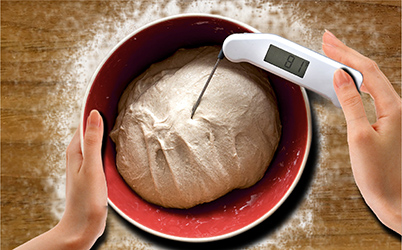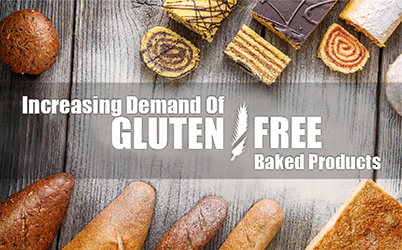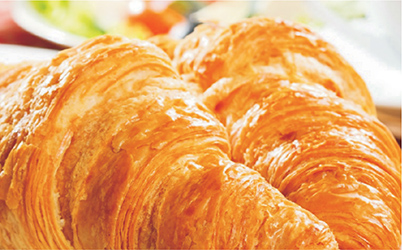Bomboloni vs. Donuts vs. Berliners: What Are the Differences?
Bomboloni vs. Donuts vs. Berliners: What Are the Differences?
In the world of sweet indulgence, filled doughnuts stand out as irresistible treats, but not all are created equal. Whether it’s the Italian charm of Bomboloni, the classic allure of Donuts, or the European elegance of Berliners, each pastry brings something unique to the table. But what makes an Italian Bombolone different from a Berliner or a traditional donut?
For professional bakers and pastry chefs, understanding the subtle yet significant differences between these doughnuts is key to mastering their craft. Let’s explore what sets these beloved pastries apart and how SwissBake® Perfect-Raised Donut Mix can help you achieve perfection every time.
What Are Bomboloni?
Bomboloni (plural of bombolone) are Italian doughnuts renowned for their light, fluffy texture and rich flavor. Originating from Tuscany, these sweet delights are typically filled with a variety of creamy or fruity fillings such as custard, chocolate, or jam.
Key Features of Bomboloni:
- Origin: Traditional Italian pastry, often enjoyed as a breakfast treat or dessert.
- Texture: Bomboloni is characterized by their soft, airy texture, achieved through a slightly different dough preparation method compared to traditional donuts.
- Filling: These doughnuts are often generously filled with rich creams, herb & cheese, spiced sauces, ganaches, or fruit preserves, offering a burst of flavor in every bite.
- Coating: Usually dusted with powdered sugar, bomboloni have a delicate, sweet finish that complements their creamy interior. However, savory fillings are often garnished with herbs and seasonings.
What Is a Donut?
Donuts, or doughnuts, are a classic treat beloved worldwide. They come in many forms, including yeast-risen or cake-style. Yeast-based donuts are often lighter and fluffier, while cake donuts have a denser crumb. Donuts can be glazed, powdered, or simply enjoyed plain. Their versatility makes them a staple in bakeries and coffee shops.
Key Features of Donuts:
- Origin: Widely popular in the United States, but with variations found globally. Often served with coffee; popular as a quick snack or breakfast item.
- Texture: Donuts are typically denser and less airy compared to bomboloni, thanks to a more straightforward dough recipe that doesn’t involve as much fermentation.
- Varieties: They come in countless forms, including ring-shaped, filled, or even cruller styles. The glaze or toppings can vary widely, from simple sugar coatings to elaborate chocolate glazes.
- Filling: While filled donuts are also popular, they can be stuffed with custards, creams, jellies, or even savory ingredients.
What Is a Berliner?
Berliners, also known as Berliner doughnuts, are a traditional German pastry similar to both bomboloni and donuts. They are known for their rich, sweet flavor and are often filled with jam or custard. While being similar to stuffed doughnuts, they are traditionally filled with fruit jam or jelly and are often dusted with powdered sugar. Berliners are particularly popular during festive seasons and celebrations.
Key Features of Berliners:
- Origin: Germany, often a staple at German festive events and celebrations.
- Texture: Berliners are fluffy and slightly denser than bomboloni, with a soft crumb that’s perfect for holding up under fillings.
- Filling: Typically filled with fruit preserves or custard, Berliners are often topped with a dusting of powdered sugar or a light glaze.
- Shape: Unlike ring-shaped donuts, Berliners are round and smooth, often characterized by their classic jelly-filled center.
Comparing Bomboloni, Donuts, and Berliners
Ingredients and Preparation
- Bomboloni: Made from a sweet, enriched dough that often includes milk, eggs, and butter, bomboloni requires careful handling to achieve the perfect light texture. The dough is typically proofed until it’s airy and soft.
- Donuts: The dough for donuts can be simpler, with a focus on achieving a balanced sweetness and density. Some recipes use yeast for leavening, while others rely on baking powder.
- Berliners: Similar to bomboloni, Berliners use an enriched dough but are often slightly denser. They are fried to a golden brown before being filled with sweet preserves or custard.
Texture Profile
- Bomboloni and Berliners: Share a similar soft, fluffy texture, but Berliners are slightly denser.
- Donuts: Depending on the type, can range from light and airy (yeast donuts) to dense and crumbly (cake donuts).
Cooking Methods
- Bomboloni: Usually deep-fried in oil, bomboloni require precise temperature control to ensure they are cooked evenly and do not become greasy.
- Donuts: Also deep-fried, donuts can be made using a similar process, but the dough's density may affect the frying time and method.
- Berliners: Fried similarly to donuts, Berliners require careful handling to ensure they puff up properly and retain their light texture.
The Role of SwissBake® Perfect-Raised Donut Mix
For professional bakers and culinary experts looking to master the art of Bomboloni, donuts, and Berliners, SwissBake® Perfect-Raised Donut Mix offers a convenient and high-quality solution. This mix simplifies the process of creating perfectly raised doughnuts with consistent results.
Bakers’ Tips for Using SwissBake® Perfect-Raised Donut Mix:
- Follow Instructions: For best results, adhere closely to the instructions provided with the mix. This ensures optimal texture and flavor in your pastries.
- Customize Fillings: Experiment with different fillings to cater to your customers' preferences. From classic custard and jelly to innovative flavors, the mix provides a solid foundation for diverse offerings.
- Monitor Frying Temperature: Maintaining the correct frying temperature is crucial for achieving the perfect texture. Ensure that your oil is at the right temperature to avoid greasy or undercooked pastries.
- Storage Tips: Store prepared donuts, bomboloni, and Berliners in airtight containers to maintain freshness. For best results, enjoy them within a few days of preparation.
Why Choose SwissBake® Perfect-Raised Donut Mix?
When it comes to filled doughnuts, the world has its favorites: Bomboloni from Italy, the quintessential American Donut, and the classic German Berliner. SwissBake® Perfect-Raised Donut Mix is expertly designed to streamline the process of making high-quality donuts, bomboloni, and Berliners. This mix ensures consistency, ease of use, and superior results every time. Here’s how it can enhance your baking process:
- Consistency and Quality: The Perfect-Raised Donut Mix is formulated to deliver consistent results, whether you're making Bomboloni, traditional Donuts, or Berliners. With this mix, you can achieve the right texture and flavor profile with minimal effort.
- Versatility: The donut mix by SwissBake® is versatile, making it suitable for a range of applications. Whether you’re preparing light and fluffy Bomboloni, classic Donuts, or jam-filled Berliners, the mix adapts to your needs, ensuring that each pastry is perfectly raised and delicious.
- Efficiency: Using our Perfect-Raised Donut Mix saves time and reduces the need for extensive recipe development. The mix simplifies the preparation process, allowing professional bakers to focus on creativity and presentation.

